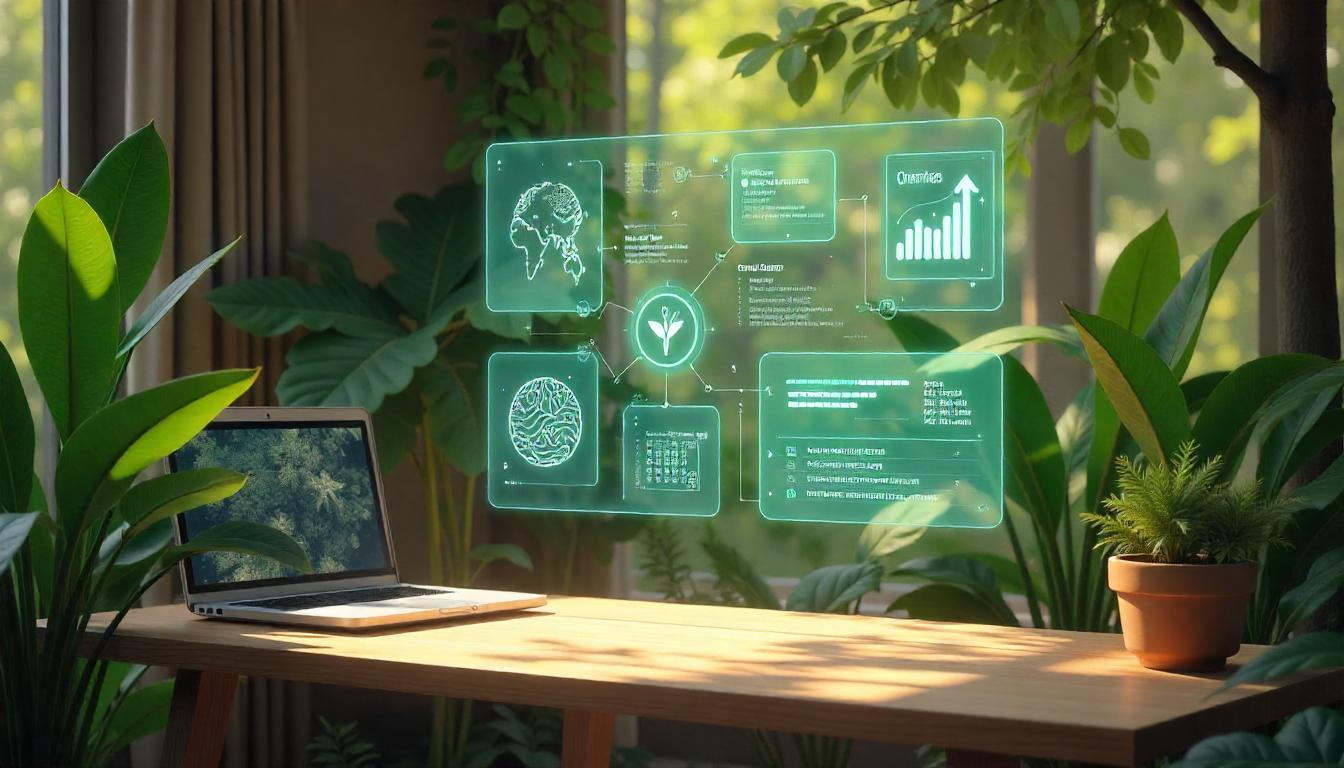News
1. Amazon’s update
Amazon Q is a generative AI-powered assistant for workplace, providing fast, relevant answers, problem-solving capabilities, content generation, and action-taking using company data and systems. In addition, they announced a new text-to-image AI model called Titan and faster chips made for training and running AI models (Amazon).
2. Stable diffusion
Stable Diffusion XL Turbo is a text to image model that is unusually fast (Stable Diffusion).
3. Text-to-video
Pika Labs introduces Pika 1.0, an AI tool for creating high quality videos. This includes an AI model that can edit videos in various styles like 3D animation, anime, and cinematic (Pika Labs).
4. Claude
Claude is updated to Claude 2.1. This new version can understand and remember up to 200,000 words (Anthropic).
5. Google Bard
Bard’s latest update enables it to efficiently understand and discuss YouTube videos (Google).
Articles
1. How AI will change investment and research (Financial Times)
Generative AI tools like GPT-3 offer great promise for financial research by enabling the rapid testing of multiple hypotheses, but they also risk fueling market uncertainty and volatility if misused by overconfident investors who fail to account for the models’ limitations.
2. What does the future hold for generative AI? (MIT News)
At the “Generative AI: Shaping the Future” symposium at MIT, experts discussed the future of generative AI, cautioning against overestimating its capabilities and emphasizing responsible development.
3. Scaling deep learning for materials discovery (Nature)
This study demonstrates that using graph networks trained on large datasets can greatly improve the efficiency of discovering new materials, leading to the identification of over 2 million new stable structures, vastly expanding the range of materials known to humanity and enhancing modeling capabilities for future technological applications.
4. Generative AI could revolutionize health care (Nature)
The current trend towards deploying proprietary LLMs raises concerns about the control of medicine shifting to corporate interests, potentially making medical care dependent on LLMs that are difficult to evaluate and may be unreliable or non-transparent in their operations.
5. Remote collaboration fuses fewer breakthrough ideas (Nature)
Remote collaboration in scientific research often centers on late-stage, technical tasks while co-located teams are more likely to collaborate on conceptual tasks.







